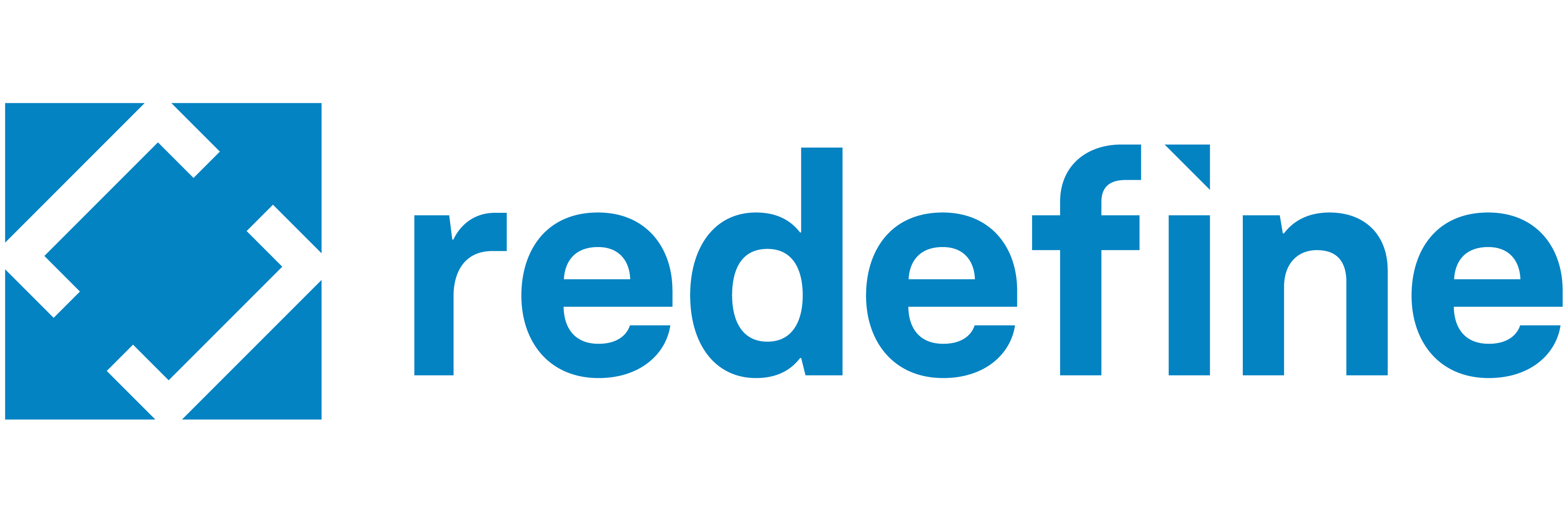- SMART goals are goals that are specific, measurable, achievable, relevant, and time-based.
- Setting SMART goals in digital marketing can help create a roadmap of how those goals can be met.
- Through SMART goal setting, brands will have a much better scope of how, when, and why they’ll achieve their desired end results.
- Combining the SMART goal framework with other goal setting framework can help create more robust goal planning.
Setting goals is an important aspect of running a business, or even just accomplishing daily tasks. It helps our brains understand where we’re going, and what the “win” condition is, and it allows us to roadmap out how we’ll attain that goal. This is especially true when you’re running a website. You have goals for conversions, traffic, growth, and much more. Without goals, you’ll quickly find yourself lost in a tangle of what to do next and how to do it.
But what if we told you that some goals are ‘better’ (or simply more effective) than others? We’re looking at SMART goals specifically. What are they, and how can they step up your digital marketing goal-setting game? We’ll discuss the details below.
Why goal setting for SEO is important
Good question! It’s as important in SEO as it is in any other setting, and it comes down to how our brains work. When we have a goal, we’re more motivated to work out how, why, and when we’re going to attain it. A 2022 Trend Report from Coschedule states that goal setters are nearly 4 times more likely to have success over those peers who don’t set goals.
When we meet that goal, we feel accomplished and satisfied — the reward of a job well done. This feeling can, in turn, inspire even more motivation as we seek to experience that ‘win’ again.
For organic growth in a digital space, goals are crucial to understanding what you’re going to do next. When you set a goal of doubling your conversions, you now have an idea of what your game plan should look like: what actions should be taken in order to optimize your online presence in a way that encourages a higher rate of conversion.
In order to truly map your way to SEO success, you’ll need smarter goal setting — specifically, SMART goal setting.
What are SMART goals?
Setting SMART goals takes the loosely formed bones of a goal and turns them into something actionable. SMART stands for specific, measurable, achievable, relevant, and time-based.
This goal-setting template was given legs in the 1981 article “There’s a SMART Way to Write Management’s Goals and Objectives” by George Doran, Arthur Miller, and James Cunningham. In it, Doran clarified his intent:
“‘How do you write meaningful objectives?’- that is, frame a statement of results to be achieved, Managers are confused by all the verbal from seminars, books, magazines, consultants, and so on. Let me suggest, therefore, that when it comes to writing effective objectives, corporate officers, managers, and supervisors just have to think of the acronym SMART. Ideally speaking, each corporate, department, and section objective should be: (SMART).””” – George T. Doran.
Someone’s goal for their brand’s website might be, “I want to drive more traffic to my website,” or “I want more followers on my brand’s social media platforms.” And we want that for you, too! But although this is an understandable starting point for a goal, it doesn’t give much to work with. There are dozens of ways to drive organic traffic, and without a set timeframe or amount of traffic you want to grow by, you’ve not set an achievable “win condition” for yourself — or your website.
Instead, a SMART goal that’s attuned to SEO should be:
- Specific: You want more organic traffic, sure, but how much? A 5% increase? 10%? 250%? Do you want 10 more followers or 1,000? Without specificity, you’ll never know when you’ve actually managed to meet that goal.
- Measurable: The example we’ve used is measurable, but without specificity, it becomes less so. This ties into timeliness, too. If your site gets one more engaged session tomorrow than it did yesterday, you technically met your goal. However, that’s likely not what you’re looking for and isn’t measurable in the long run. At the end of the day, you just want to be sure your goal can actually be measured with hard numbers.
- Achievable: Take a look at your previous scale of growth. Do you think you can, realistically, boost your organic traffic or social media followers by 300% in the next four months? If you set a goal that’s much too lofty to meet, you’re setting yourself up to fail.
- Relevant: Is the goal you’re setting actually relevant? While ‘more traffic’ might seem like a goal that anyone can agree with, is it actually what your site needs? If you’re already getting tons of traffic but not many conversions, maybe the focus should be on click-through rate.
- Time-based: This is much more critical than it appears, but giving yourself a deadline will make a massive difference in how you plot and spend your time working toward your goals. It also helps shape specificity, measurability, and achievability.
How to go from a weak goal to a SMART goal
When starting a digital strategy for growth and goal-hitting from scratch, it’s best to have two or three SMART goals to lay out the foundation for the rest of the roadmap.
“I want more traffic to my website” is the goal we started with as an example. As we’ve outlined, there’s room for improvement — and lots of it.
“I want my blogs to rank for more relevant keywords and to drive more traffic.” Better — you’ve started narrowing down where you want the traffic, and have started outlining the ‘how.’
“In quarter four, I want my blog to rank for more informational keywords than it did in quarter three.” Getting there, but there could be a bit more information here. How much more, and how will you do it?
“In quarter four, I want to see a 15% increase in page views to my blog by ranking for relevant informational keywords, by regularly posting high-quality content, and optimizing my old content.” Much better. It’s specific, measurable, achievable, relevant, and time-based.
When setting SEO-based goals for a website, you must be aware of what’s within your scope, what your broad goals are, and what would benefit your end goal of conversions the best. From there, you’ll be able to build out the SMART goals that will work best for you – and your business.
Combining SMART goals with other goal-setting frameworks
To take this a step further and create a more robust set of goals and objectives, we recommend combining your SMART goals with other frameworks like OKRs and FAST goals.
OKRs, commonly known as Objectives and Key Results, focus on setting an inspiring objective supported by measurable key results. The objective is qualitative (e.g., “Increase our brand’s SEO authority”), while the key results are quantitative (e.g., “Secure 30 new backlinks from high-authority domains by Q4”).
These are typically used as broader organizational goals so when combining them with SMART goals, you would nest a SMART goal within an OKR. Unlike SMART goals, OKRs are designed to stretch teams – success is often defined as 70% achievement, encouraging innovation and bold thinking.
FAST Goals – short for Frequently discussed, Ambitious, Specific, and Transparent – ensure goals are aligned with the needs of the organization and are consistently visible. They emphasize regularly revisiting goals, setting high-impact objectives, and keeping progress open to the team. This framework ensures that goals don’t collect dust—they stay front and center at all times.
Here’s how you can combine each of these frameworks:
- Start with your SMART goals: Define a goal that is specific, measurable, achievable, relevant, and time-bound.
- Nest your SMART goal in an OKR: Tie your SMART goal to an overarching business objective like “Strengthen our blog’s topical authority.” Thus, your key result would be something like “Increase blog traffic by 25% in the next quarter by publishing 12 high-quality posts.”
- Apply the ethos of FAST goals: Print out your goals and paste them to the wall in a meeting room. Pin them as a message in your team’s Slack channel. Do whatever is possible to ensure your goals are highly visible in your organization and progress is consistently shared across your team.
This blended approach makes goal setting more robust by combining all the best elements of goal setting frameworks. It brings the clarity of SMART, the strategic alignment of OKRs, and the agility of FAST – all of which are critical for achieving meaningful organic growth in a highly dynamic digital marketing landscape.
Let’s help you achieve those goals
You’ve gone through and made your goals SMART, and you know what needs to be done…now comes the hard part: doing it. While you know that you want to write new content and optimize what’s already there, that can feel like a tall task, especially if you’re juggling other goals that you’re looking to meet as well.
Redefine Marketing Group is here to help. If you’re setting your sights on meeting the on–page, off-page, technical SEO, social media, or content-based SMART goals you’ve set, the smart thing to do is to let our team of experts step in with a holistic approach to SEO and digital marketing. Contact us today to get the conversation going.





